Topics:
Never Miss a Beat - Get Updates Direct to Your Inbox
FILTER:


What are Amazon’s Storage Fees?
By Quiet Light
The Amazon marketplace has introduced a new level of competition. Only through the power of Amazon can a small start-up compete with an international retail chain. The key to success through Amazon does not lie as much on name recognition as it does on understanding how to make Amazon work for you.
Arguably, one of the most important elements of success on Amazon is understanding each fee that is charged to Amazon sellers. One might feel the need to offer the lowest possible price to reach the most online customers but this could cost more than it gains. Each Amazon fee must be considered when deciding how to price product offerings. The fees must also be considered when choosing fulfillment methods.
Benefits of Amazon FBA Over FBM
The method of fulfillment is the first decision an Amazon seller must make. FBA (fulfillment by Amazon), allows the seller to easily take advantage of Amazon’s fulfillment strategy. This includes prime shipping, buy box, warehousing, and customer service. FBM (fulfillment by merchant), puts the control, and also the onus, of all facets of order fulfillment, shipping, and service in the seller’s hands.
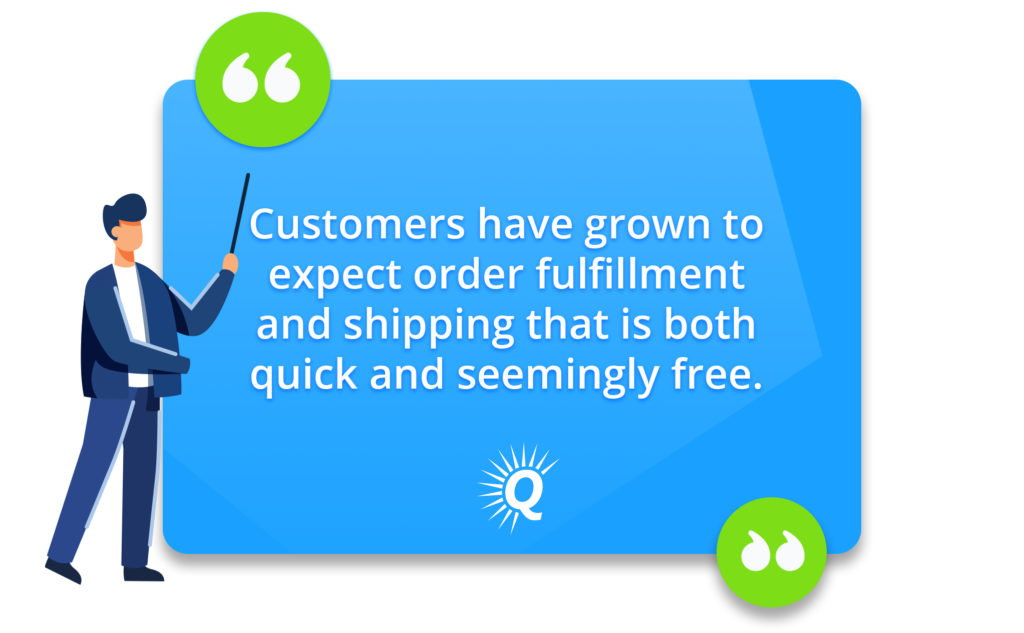

The Benefits of Amazon Prime
Ask any Amazon customer why they use Amazon for their purchases and most will mention Amazon Prime. Amazon ended 2019 with 112 million unique Amazon Prime customers; that number has only continued to grow since then.
Customers have grown to expect order fulfillment and shipping that is both quick and seemingly free. Indeed, they are willing to pay an additional yearly fee for the luxury of having products in their homes and hands within two days of purchase. They are also willing to spend a bit more on the base price of a product if it means faster shipping.
Amazon allows customers to sort products in such a way that only those products that offer Prime shipping appear. Any seller who opts not to use Amazon Prime could be making an unfortunate choice; causing their items to be ‘invisible’ to those millions of customers.
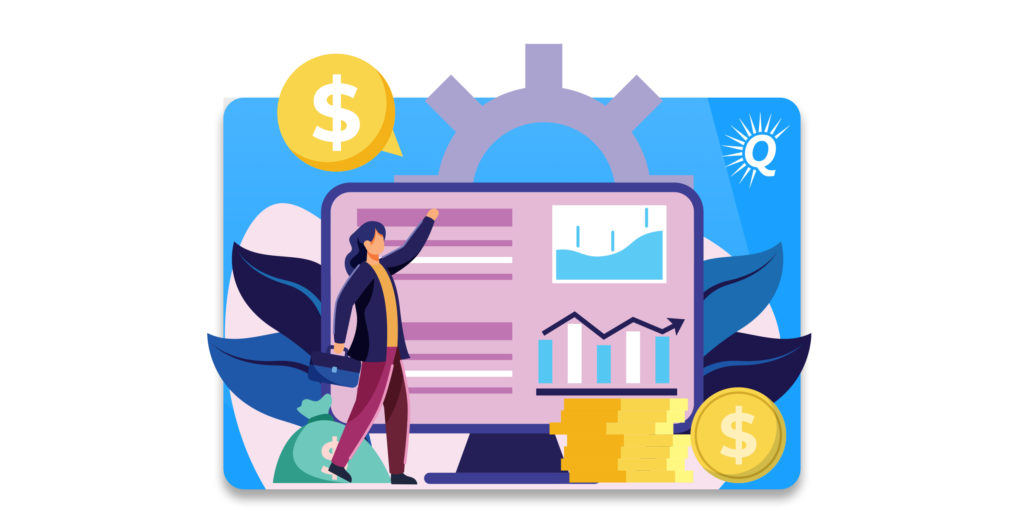

Amazon Prime has a benefit from the seller’s standpoint as well. Items that use fulfillment by Amazon are given the Prime treatment. They are housed in an Amazon warehouse where Amazon employees do all of the packing and shipping. Amazon also manages any returns. The cost savings of not renting storage space or paying warehouse employees is often enough to justify the use of FBA. This is especially true for those who are unable to take advantage of packing elsewhere to avoid import fees.
The Amazon Buy Box
A new seller to Amazon may not understand the importance of the buy box. It is a fairly simple concept. When shopping for a product, customers see a box that appears on their screen that allows them to immediately make a purchase. This is the buy box. Over 80 percent of Amazon sales, whether through desktop or mobile, are carried out through the buy box.
Not every seller is eligible for the buy box. In fact, Amazon only offers it to sellers who have proven they can package and ship products in a timely basis. Those sellers who choose FBM over FBA have to prove themselves. In order to prove themselves, they have to earn customers. This is extremely difficult when customers choose featured buy box products rather than looking for non-featured items.
Buy a Profitable Online Business
Outsmart the startup game and check out our listings. You can request a summary on any business without any further obligation.
Opting for FBA is the first and best way to win the buy box. Using FBA means you don’t have to prove shipping time as it is all handled through Amazon Prime. It also means you don’t have to prove that you have excellent customer service because all customer service and returns are managed by Amazon through FBA services. Fulfillment by Amazon may have a cost associated, but winning the buy box almost certainly makes that fulfillment cost worthwhile.
The Buy Box is particularly important when trying to sell in a global marketplace. Overseas customers may not have the time or ability to scroll through numerous listings. Therefore, they will choose the buy box item in most cases. Fulfillment by Amazon comes in handy twice in this regard. FBA makes the buy box more likely and Amazon ensures accurate shipping around the world.


Customer Service by Amazon
Customer service is a topic that makes every entrepreneur groan. Hiring customer service agents who are qualified, respectful, thorough, and available is a full-time job in and of itself. The bigger your company is and the more you sell, the more customer service agents you will need. The cost of hiring and retaining these agents is enough to take a serious bite into your bottom line.
One of the favorite features of FBA is the customer service that is offered to your buyers. FBA allows you to focus on your products and pricing while Amazon manages the rest. Any problems a buyer has, including returns, are managed through FBA customer service.
Thinking of Selling Your Business?
Get a free, individually-tailored valuation and business-readiness assessment. Sell when you're ready. Not a minute before.
Amazon sellers can be assured that their customers are satisfied with the service they receive. Amazon has an excellent reputation for customer service around the globe. The cost of FBA may be seen as worthwhile for CSR management alone.
Those sellers that do not use FBA may be able to outsource their customer service as well. Unfortunately, unlike Amazon, there are no guarantees that the customer experience will be a positive one.
Even outsourced customer service teams must be regularly audited to assert they are representing the brand in the best possible way. FBA allows you to avoid that unpleasant task.
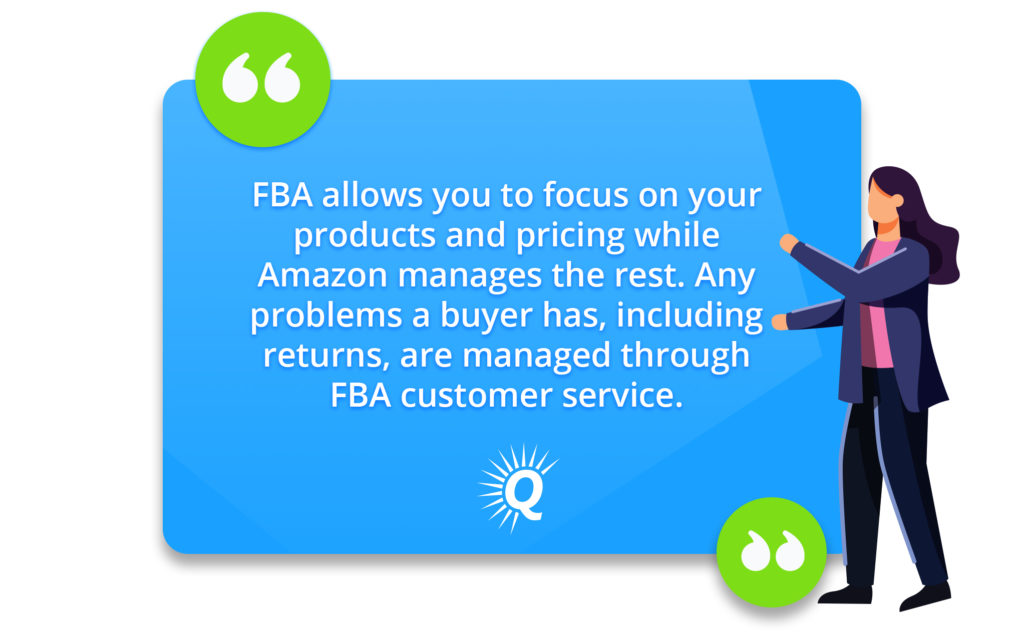

Cost of Amazon FBA Storage
There is not a singular fee associated with FBA. With the perks of using FBA already made abundantly clear, most sellers are more than willing to pay for Amazon fulfillment, shipping, and customer service. Still, the cost of FBA storage must be fully understood before taking the plunge.
Typical Costs of FBA Storage
Significant to note is that the cost of FBA storage is not the same for every seller. The cost depends entirely on the type of product, the weight of the product, and most importantly, the amount of storage space needed.


Amazon can and does change its fee rate over time. Before entering into an FBA relationship with Amazon, it is essential to check with the company to validate that the storage fee you are using to calculate your pricing and profit is current.
As of the fourth quarter of 2020, Amazon charges a monthly storage fee from January to September, of $0.75 per cubic foot for all standard-sized products. October through December, are their busiest months, which cause a significant increase in the cost of the storage fee. During this holiday season, standard-sized products are $2.40 per cubic foot, per month.
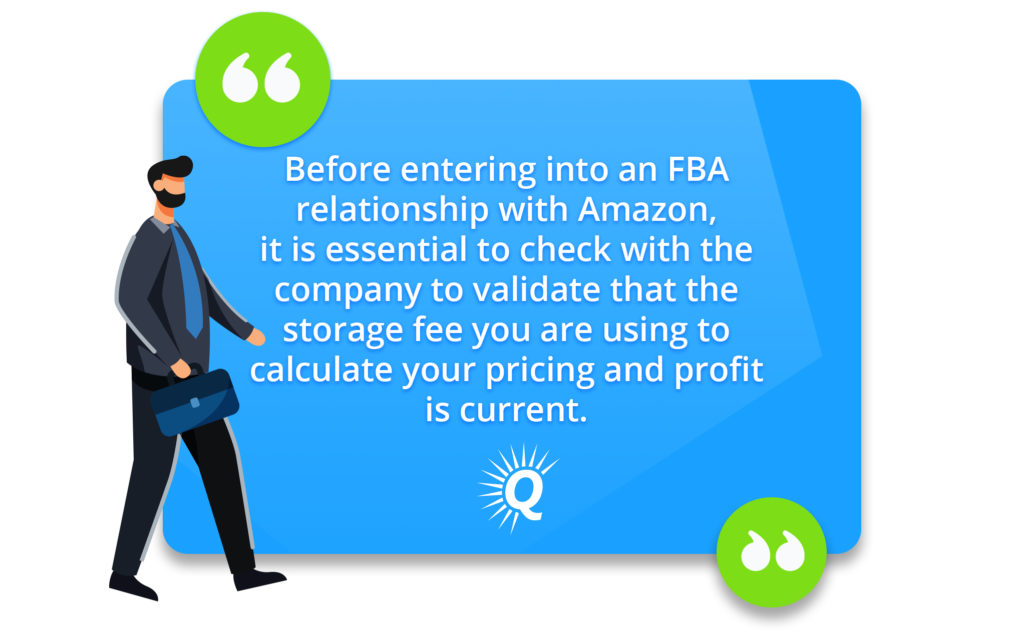

Factors That Change FBA Storage Cost
One factor that changes the FBA storage cost is the time of year. Holidays always see an increase in the storage fee by 150 percent or more. Most sellers compensate for that by raising the price of their products. Others plan for this increase throughout the year, which allows them to keep their price structure the same.


The size of the product makes a difference in cost as well. Though it may not seem intuitive, Amazon charges less for over-sized products than it does for standard-sizes. The reason for this is that standard-sized items require more complexity in their upkeep and storage. However, because bulky items take up much more room, the cost of storage may end up being far more anyway, than the costlier standard-sized items.
Buy a Profitable Online Business
Outsmart the startup game and check out our listings. You can request a summary on any business without any further obligation.
Dangerous goods are charged differently as well. Amazon does offer warehousing of dangerous items, but they require special care. The storage fee increases by roughly 25 percent for hazardous goods whether they are standard- or oversized.
There are times that Amazon offers waived storage fees. These instances are rare and usually short-lived, but they do happen.
Factors That Don’t Change Storage Cost
You know that time of year, weight of objects, and even the type of material can change the structure of the storage fees. What you might be wondering now is what won’t cause your costs to increase.
Import fees and sales tax are not part of the cost structure when it comes to storage fees. Though these are certainly areas of importance, they are not considered alongside warehousing.
Thinking of Selling Your Business?
Get a free, individually-tailored valuation and business-readiness assessment. Sell when you're ready. Not a minute before.
The shipping box volume is not a factor for storage cost. Fulfillment is based on the product weight and volume, rather than the size of the master carton.
Calculation of Amazon FBA Storage Fees
The calculation of the storage and fulfillment fee is much easier than it seems. Amazon offers a tool that helps you estimate the fee. This is a good option for sellers who want a rough picture of their future costs. It is arguably better for a seller to calculate on their own in order to have a more accurate number.
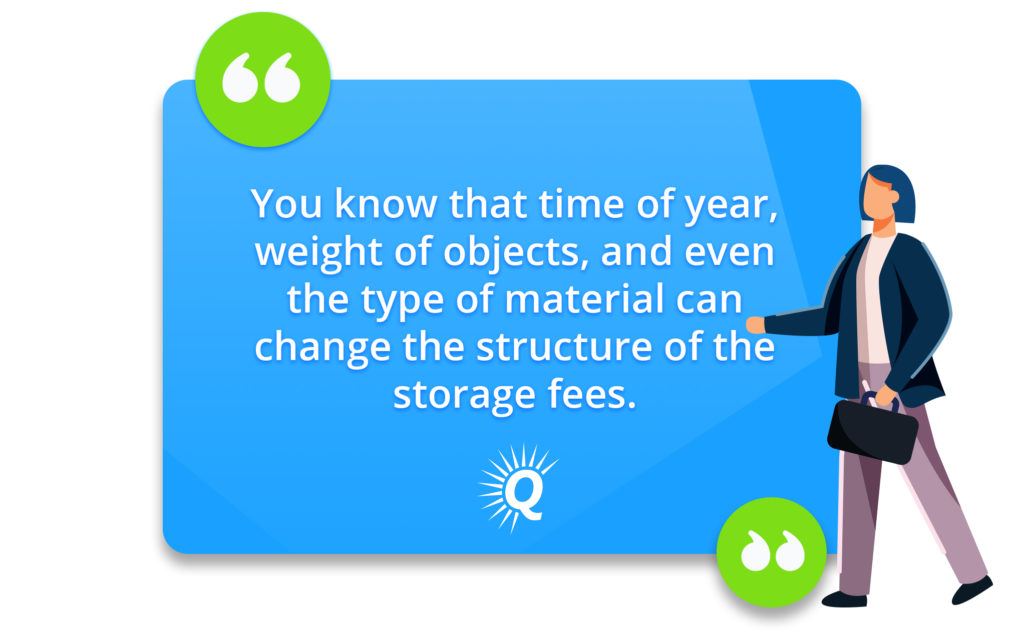

Monthly Storage Fees
The specific fee is based on volume. To put it simply, you must know the size of your product to understand the fee.
1) Calculate the inventory volume by multiplying the packaged product’s length, width, and height in inches.
2) Divide that number by 12 to convert it into cubic feet.
3) Multiply your cubic feet by the most recent cost structure offered by Amazon.
4) Multiply that figure by the product quantity that will be warehoused.
Don’t forget to factor in the time of year and how long you expect your product(s) to be warehoused.
Long-term Storage Fees
Long-term storage is something no new seller wants. The hope is that products will depart from the Amazon warehouses as quickly as they arrive. Unfortunately, there are some products that remain warehoused for much longer than expected.
A long-term storage fee is assessed when an item has been held in an Amazon warehouse for more than 365 days. These items are charged at a higher rate in order to encourage sellers to change fulfillment methods or to submit a removal order.


As with monthly fees, the charge for long-term inventory can change over time. It is wise to keep an eye on the length of time some inventory has been held, and then assess the warehousing fee.
A long-term inventory fee is charged based on the cost per cubic foot or per item, whichever is greater.
Identifying Inventory Subject to Long-Term Storage Fees
A long-term inventory fee is surprisingly easy to avoid. This should be included in a list of pros and cons when deciding which fulfillment method to use or whether to sell through Amazon at all.
There are multiple ways to avoid the long-term inventory fee. The most obvious is to keep track of inventory and submit a removal order before it reaches the 365-day point. You should be able to skip the long-term inventory fee as long as a removal order has been submitted prior to the 15th day of the month following that one-year anniversary.


Another option is to use Amazon’s automated inventory removal system. Amazon provides its customers with a report that shows the recommended items that need to be removed. A seller can use this report to submit removal orders of any outstanding inventory.
Some sellers set up automatic removal. A date is given to Amazon and, if inventory hasn’t moved within that time, it is automatically taken out of the warehouse and the seller is not charged a long-term inventory fee.
Other strategies include staggering inventory inclusion, using a financial trend analysis to determine when inventory should be removed, or liquidating the inventory to a third-party reseller.
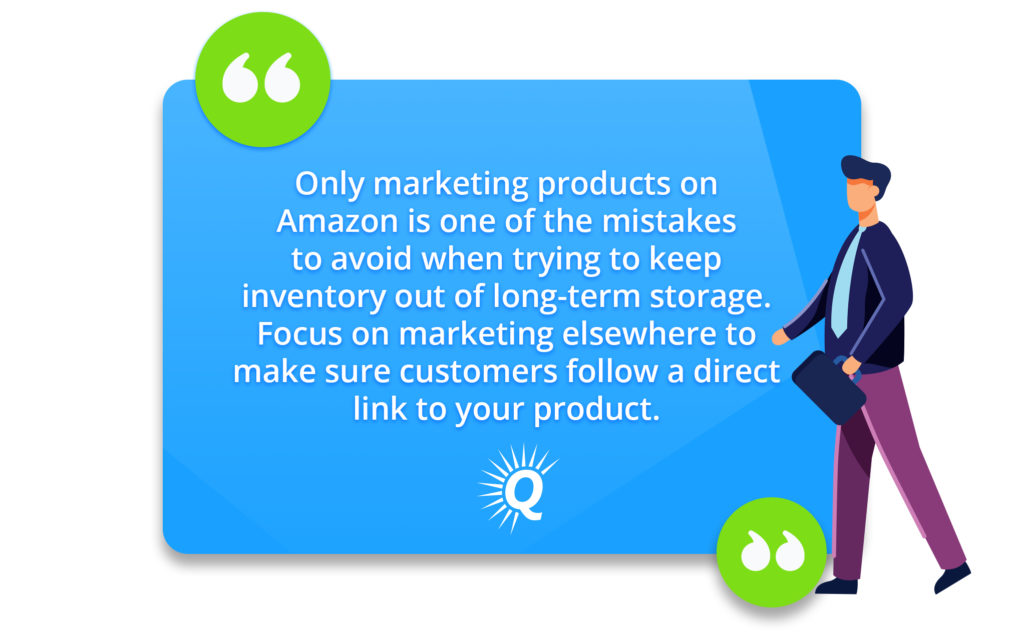

Avoiding Storage Fees
The best way to avoid a storage fee is to keep inventory moving. The more quickly your inventory leaves the Amazon warehouse, the less you will pay to have it stored onsite each month. This requires a combination of quick and accurate order fulfillment, excellent customer service, competitive pricing, marketing, and products that meet customer needs.
FBA is arguably the best fulfillment method for ensuring quick inventory turnaround. While FBM gives you more control, fulfillment by Amazon provides the fast shipping and service that customers crave. Speedy, accurate order fulfillment ensures repeat customers and a lack of stagnant inventory.
Choosing the right fulfillment method is only one part of keeping inventory moving. A seller needs to have good products with accurate product descriptions. Nothing can tarnish the reputation of an Amazon seller more quickly than bad customer feedback.
Unhappy customers are the ones who receive an item that does not meet expectations. Order fulfillment can be quick and delivery speedy, but if the quality is poor or the product descriptions are inaccurate the order fulfillment method doesn’t matter.
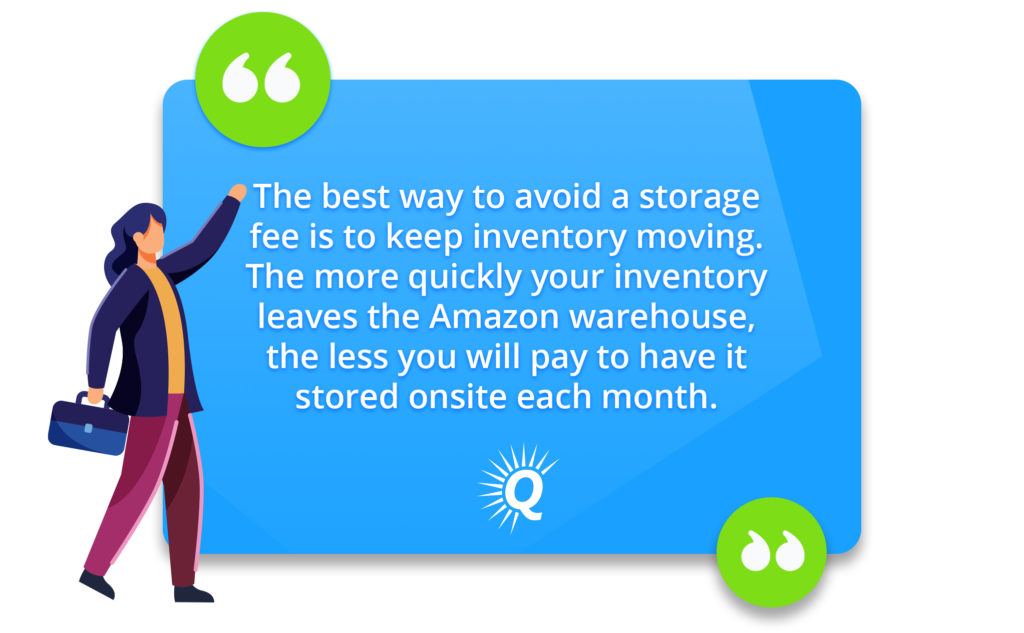

Pricing is also key. It should come as no surprise to any business owner or entrepreneur that customers are looking for the best price. There is plenty of competition thanks to a surplus of items on the Amazon marketplace. Keeping abreast of competitor pricing is essential.
Only marketing products on Amazon is one of the mistakes to avoid when trying to keep inventory out of long-term storage. Focus on marketing elsewhere to make sure customers follow a direct link to your product.
Marketing, pricing, and product quality are all areas on which an Amazon seller can focus if they are not spending their time worrying about warehousing and shipping issues. The chosen fulfillment method affects far more than how quickly customers receive their merchandise. Choosing fulfillment by Amazon over FBM may be the difference between an exemplary marketing strategy or not having time to advertise at all.





